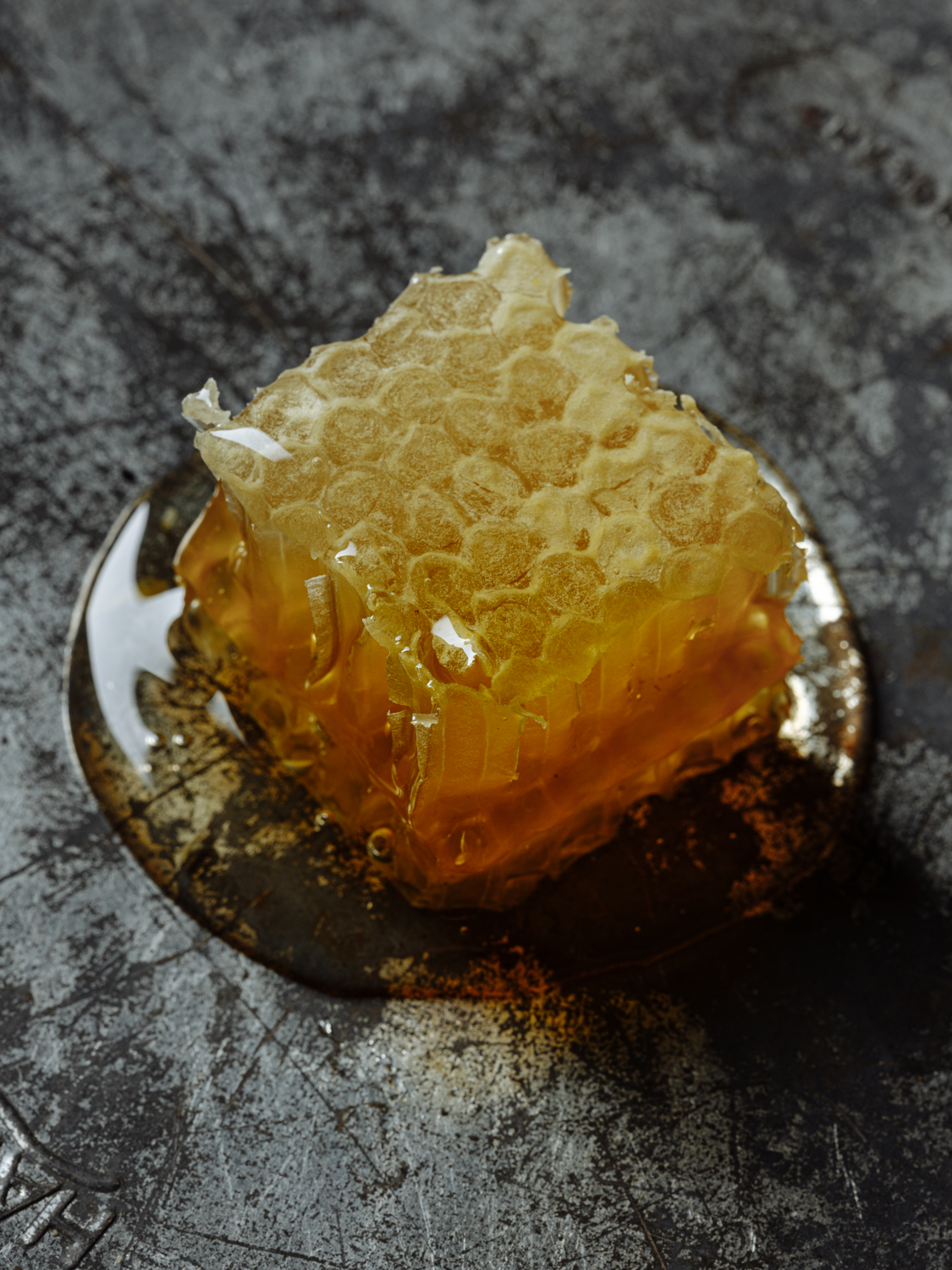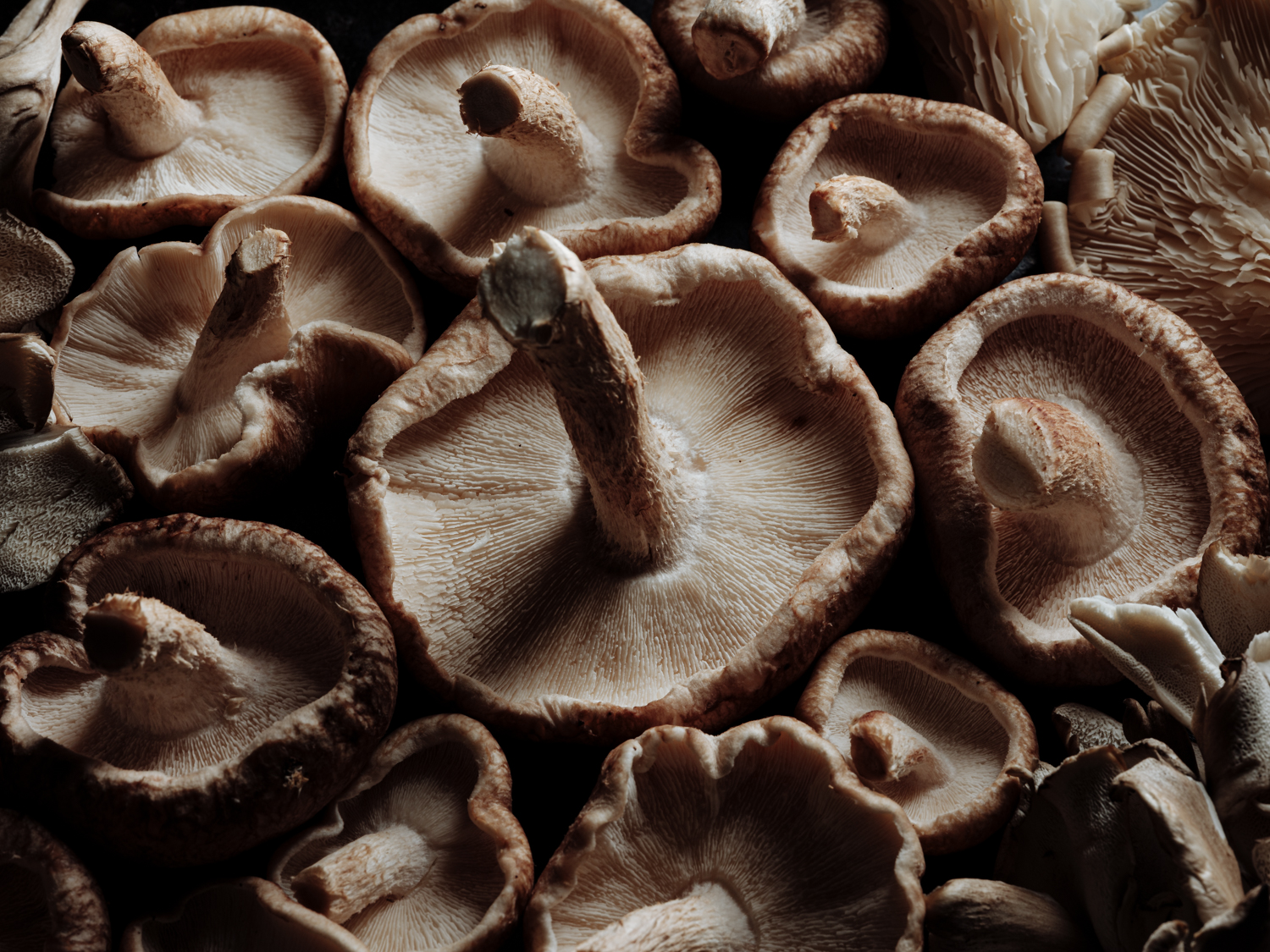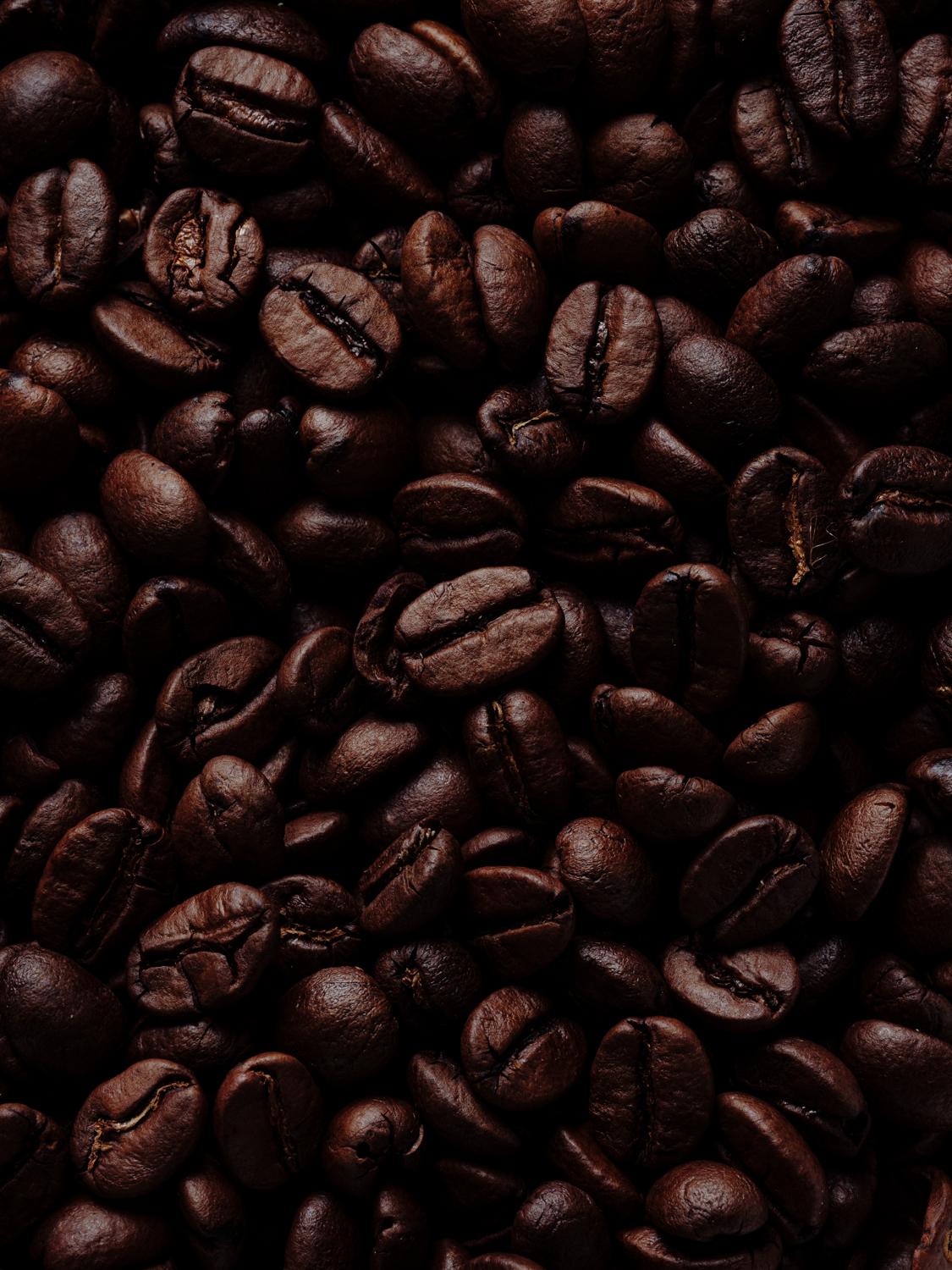Food photography is a genre that never ceases to inspire. No two dishes ever look the same and there is an infinite list of ingredients and recipes to photograph, each one as interesting as the next. For example, I’ve spent the past decade capturing food in different forms, so I’d like to think my knowledge is quite extensive. However, in the last few years, I’ve worked with chefs throughout the UK who are creating the most incredible food with ingredients I’ve never heard of, let alone thought about eating!
Chefs understand food. Their job is to understand the textures and flavours of ingredients and how they’ll complement each other on a plate. My job is to capture the delicate beauty and delicious taste of their creation in a photograph that proves irresistible to customers.
However, when you spend so much time photographing these stunning dishes, it’s easy to miss the beauty of the individual ingredients. Even food that you eat every day can be viewed in a completely different way; the colours, textures and patterns created by nature are spectacular. To see them, you just need to stop and take a closer look.
For this project, I photographed a number of ingredients I use on a regular basis that I think are incredibly beautiful, even more so when seen close up. These include the mesmerising gills of a mushroom, the blood-red stems of swiss chard and the fascinating patterns and colours on a mackerel’s skin and scales. I’ve also captured a few things that are easily overlooked, such as savoy cabbage, coffee and honeycomb.
My set-up for this shoot was the FUJIFILM GFX 50S with the GF120mmF4 R LM OIS WR Macro attached. A good macro lens is a key tool for any food photographer and the GF120mmF4 is my first choice when using GF lenses. I also like to use the GF110mmF2 R LM WR (my all-round favourite lens) with a macro extension tube attached.
I love using daylight to shoot food, but more often than not I find the light is too flat or changes too much throughout the day. In the darker months, even if you’re blessed with nice light, as the evening draws in, the quality of light deteriorates and other available light begins to interfere with the colour of the food. On the other hand, if you light food, it gives you full control over the quality, quantity, direction and colour of the light. Plus, it will stay consistent all day long.
My general approach to lighting food is to create a soft light similar to a big window with a large softbox or deep umbrella and diffuse it again with a pop-up diffuser. I’ll then control that light with reflectors, black and white foam boards and flags.
That said, in this instance, I wanted to pick up the detail, so I lit each subject with a single monolight and a strip softbox with no diffuser. I positioned the rig quite low to cast light across the surface of each ingredient and set the aperture between F16 and F22, keeping the ISO as low as possible.
The GF120mmF4 performed excellently. It’s nice and sharp and, considering its size, quick to focus. I didn’t have the macro extension tube attached to make it a 1:1 macro, so I couldn’t get quite as close to the mushroom gills as I’d have liked, but even cropped in, the resolution is high enough. I’m really impressed by the level of detail this sensor delivers. I was also impressed by how well the camera focuses in low light. Even if I couldn’t see the subject clearly through the viewfinder, it was still able to accurately find the correct focusing point.
The GFX 50S is by far my favourite camera to use at the moment. It is well balanced, comfortable to hold and operates like every other FUJIFILM camera, so if you’ve used an X-T30, the controls will make sense to you. But even if you are unfamiliar with FUJIFILM cameras, if you understand shutter speed, aperture and ISO, you’ll be able to pick this camera up and immediately start shooting.





















































